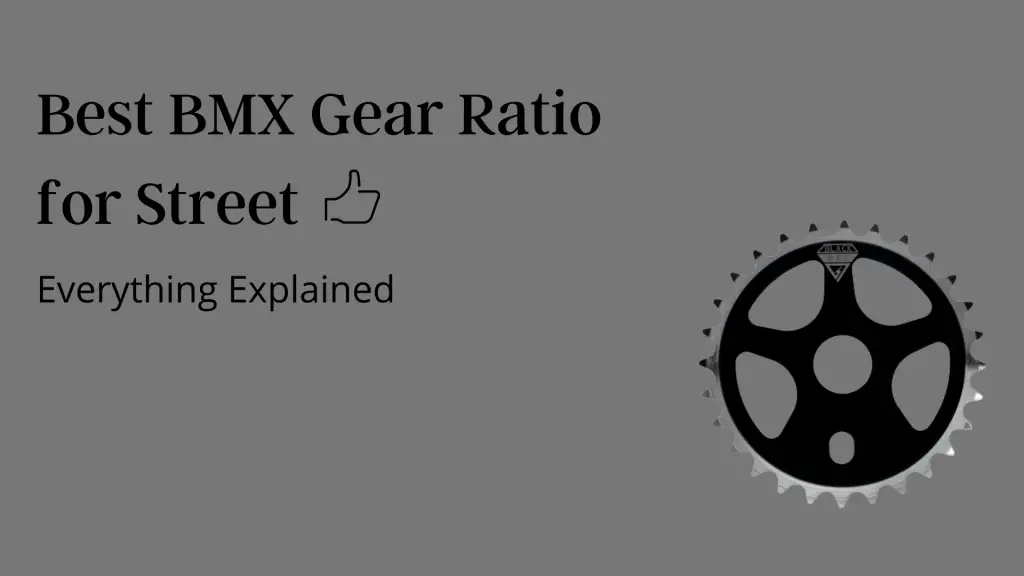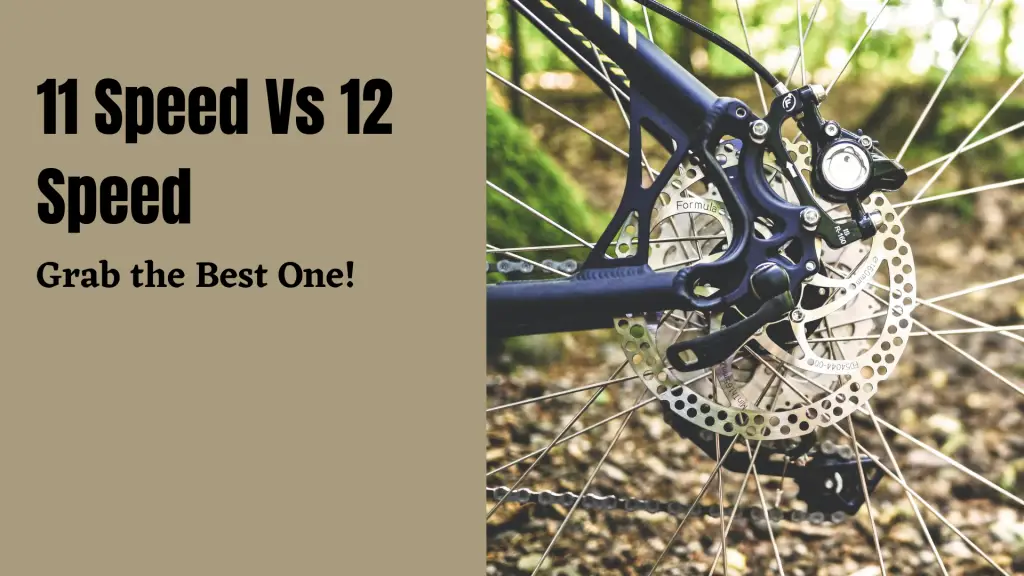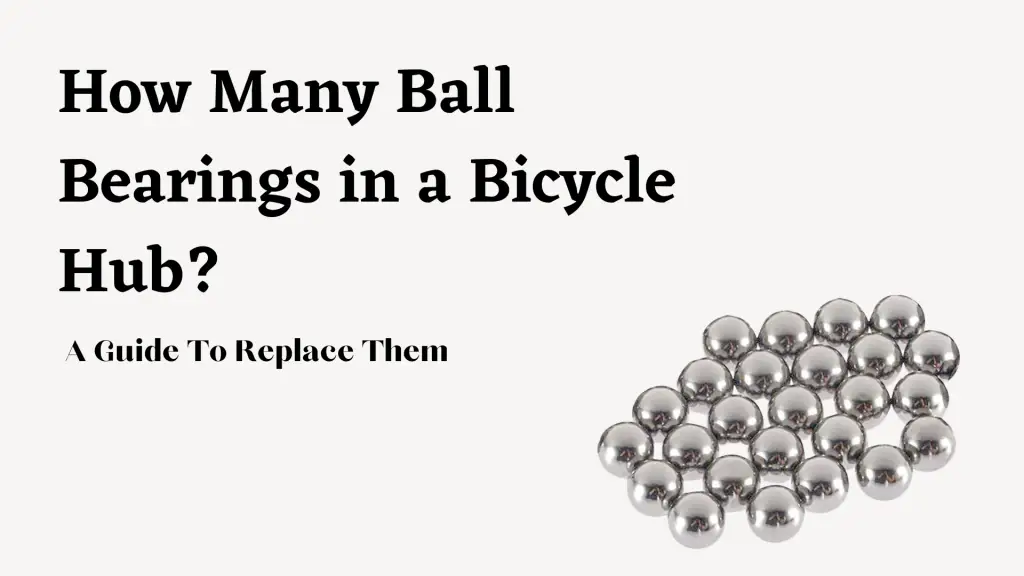Bike cassettes are quite indispensible in the cycles that has gears. It literally makes the shifting of the gears possible. Almost all the modern bikes have bike cassettes on them.
However, the cassette can have problems at times. The most prominent problem of the cassette is related to engaging.
So, what are the reasons behind your bike cassette not engaging?
For starters, bike cassette might not engage for faulty freehub. A dirty or damaged freehub may also cause the cassette not to engage. In that case, you can try cleaning it properly. Also, the cassette may be damaged or broken. If that happens, you can repair it or replace it with a suitable one.
Going through this bit of information is not enough. You should get more information before you get started with the troubleshooting process.
Have some spare time? Get to reading!
2 Major Causes Behind Your Bike Cassette Not Engaging
The bike cassette is one of the most important parts of a cycle. There are many bike cassette types. In all of them, the chain remains on the cassette.
The wheels can rotate because of the chain. If the cassette is not engaging, the bikes not gonna budge.
![Bike Cassette Not Engaging?: [2 Reasons And Solutions!]](https://turncranks.com/wp-content/uploads/2024/05/Снимок-экрана-2024-05-26-210737.png)
Source: Sheldon Brown
A few mainstream and complex issues can cause the bike cassette to fail to engage. Nevertheless, the issues are very fixable.
I have listed some of the reasons behind a non-engaging bike cassette. You can look at the reasons and the associated solutions for them below.
Reason 1: Faulty Freehub
Freehub is very important when you’re cycling. It helps the rider to rest his/her legs when the cycle is moving forward. It also helps to sustain the momentum of the bike.
![Bike Cassette Not Engaging?: [2 Reasons And Solutions!]](https://turncranks.com/wp-content/uploads/2024/05/Снимок-экрана-2024-05-26-210548.png)
Source: Cyclist
A faulty freehub can be the source of many problems. Including problems regarding cassettes. Your bike cassette not freewheeling properly is a potential freehub problem.
You can observe the bike freehub not engaging when it is faulty. A cycle with a freehub problem will not affect paddling. The paddles will keep rotating but the cycle doesn’t move forward.
Sometime issues with the freehub won’t be detected by a newbie pair of eyes. Mechanics might get more insight into this like this instance.
Freehub problems also happen for mountain bikes. For mountain bikes, you’ll probably notice the mountain bike rear wheel not spinning freely.
Fixing these problems may seem very complex. But by following my guideline, you can fix them and avoid unnecessary hassle!
Check the fixes for faulty freehubs down below.
Solution
We now know what amount of pain the faulty freehub creates. The freehub becomes faulty because of many reasons. It may be grubby and dirty inside, it can be damaged inside.
To ensure that the freehub isn’t faulty because of dirt, you can try cleaning it. Though it is a tough job, it can be cleaned properly. You’ll have to disassemble the freehub to clean it.
Follow the steps below to clean and reset the freehub-
Step 1: Remove the Cassette
First, remove your cassette and you’ll find the bearings. Upon removing the bearings, you’ll reach the freehub body. Keep the bearings aside carefully; you have to place them back eventually.
For removing any parts of your cycle, you will some tools. Like you’ll need some screwdrivers. Allen keys are known as an all-rounder tool for cycles. It is also known as hex keys.
To help you, here’s a list of top-quality Hex keys I’ve gathered-
Any task related to screwing any part of the cycle can be done by these Hex keys!
Step 2: Remove the Freehub Body
Then, remove the freehub body. Disassemble it and spray some degreaser on it thoroughly. Degrease it 2-3 times to ensure no other substance remains there.
You can use WD-40 to clean it. Or you can use the following degreasers to clean your bike’s freehub.
| Image | Product Name | Price |
|---|---|---|
 | SuperClean Aerosol Degreaser | Order Right Now |
 | POR-15 Cleaner Degreaser | Order Right Now |
 | Finish Line Bicycle Degreaser | Order Right Now |
Step 3: Lube the Freehub
After that, lube the freehub with the lube of your choice. Lubing is very important. Because insufficient lubing can cause problems in many parts of the cycle; even shifters.
Most cyclists use these lubes for bike’s maintenance. So, why don’t you check these out too-
Improper lubing causes problems regarding SRAM shifters. Along with lubing the freehub, you can also lube your cycle seat spring and wheels.
Step 4: Put Everything Back Together
Finally, put the freehub back in its place. Place the bearings and the cassette properly afterward. Follow the sequence you have followed when disassembling.
If you’ve are facing issues with the assembly check out this video.
If the problem still goes on, replace the freehub with a new one. There are many types of freehubs out there. For instance, pawl freehubs, ratchet freehubs. Figure out which freehub fits your cycle alright and replace it!
Is everything looking a bit overwhelming? In that case, you can go to your nearest cycle store or call a mechanic at your home. It is better to leave the replacement to the experts.
Reason 2: Broken Or Damaged Cassette
This is a rare issue but it’s not an impossible one. Usually, the cassette on a bike is very strong. It can withstand a lot of pressure and vibration. However, it can be damaged after a given time.
![Bike Cassette Not Engaging?: [2 Reasons And Solutions!]](https://turncranks.com/wp-content/uploads/2024/05/Снимок-экрана-2024-05-26-202015.png)
Source: Cycle About Town
A broken or damaged cassette can cause it not to engage. If you have a dysfunctional cassette, you may see the rear wheel not engaging.
The front and rear wheels of a bike are always co-rotating. If the rear wheel isn’t engaging, it causes the front bike wheel not spinning freely.
Damaged cassettes fail to rotate freely. If you detect the bike back wheel jammed, be sure; the cassette is severely damaged. The chain is probably failing to stick to the cassette because of blunt edges.
Now you might be asking, how do you fix a bike that won’t pedal? Well, for your convenience, I’ve included the solution below!
Solution
A broken cassette can be repaired. There are some mainstream fixes for an impaired cassette. For instance-
- The blunt edges of the cassette can be sharpened with various tools. For instance, belt sanders & grinders.
- If any level of the cassette is separated, it can be fused by heat. A soldering iron can do the job well.
- The cassette may have been damaged due to oxidation. Sometimes, the rust also causes the bike rear cassette slipping. There are many methods to prevent corrosion from your bicycle.
Keep in mind that, a repaired cassette may have similar problems in the future. The cassette is prone to bumps and forces acting on it. It lacks a suspension which reduces its protection for it.
For these reasons, a bike cassette replacement is recommended for the solution. Replacing the bike cassette can be a game-changer. On top of that, your cycle will feel more speedy and sturdy upon replacing it.
Let me help you out with some mechanics’ recommendations about cassette replacements.
| Image | Product Name | Number of Speeds | Price |
|---|---|---|---|
 | Shimano Ultegra R8000 Cassette | 11 Speed | Get it Today |
 | SHIMANO HG51 8-Speed Cassette | 8 Speed | Get it Today |
 | SRAM PG1070 10-Speed Cassette | 10 Speed | Get it Today |
 | SHIMANO CS-6700 Ultegra Bicycle Cassette | 10 Speed | Get it Today |
Hence, these are some common reasons and solutions when your bike cassette isn’t engaging.
FAQs
Should I replace the chain and cassette together?
Yes, you should replace the chain and cassette together. It is recommended by professional cyclists. Cassettes and chains work together on a bike. For that reason, if you are changing the cassette, replace the chain along with it. Worn-out chains won’t help the bike. Keep a good budget for this.
How do I know if I have a thread or cassette?
You can test a couple of things to figure this out. First, locate the sprocket set and the tool fitting on it. Then spin it backward and observe. It’s a freehub joint cassette system if you observe the cogs spinning along with fittings. If it doesn’t spin, it should be a freewheel system (threaded).
Why is my chain slacking when I pedal backward?
It is a very natural process for the bike. Pedaling backward results in the derailleur being pulled forward. This also pulls the bottom side of the chain. This creates the slacking of the chain. A clicking sound can be heard when the chain is slacking. However, there is nothing to worry about.
The Final Words
Hopefully now, you know all the potential reasons behind your bike cassette not engaging. You’ll be able to solve these issues too if you follow our guideline!
Wait a minute! Heer’s a small tip for you. Disassembling and assembling a bike is tricky. Feel free to take help from a bike mechanic if you want.
Wishing you all the best in fixing the cassette!





